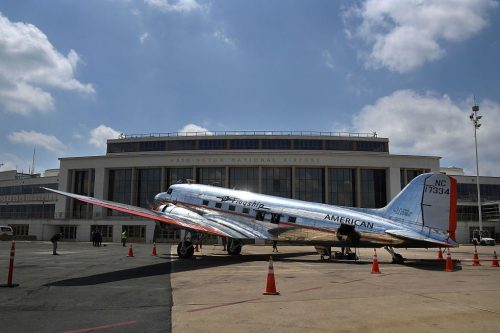Stuart Schneiderman linked an article by Robert Samuelson on the 1846 British repeal of the tariffs on food imports, which further linked an Economist article arguing that:
With the repeal of the tariffs, instituted to protect British corn farmers, liberal economic policies ascended. Free trade, free enterprise, free markets and limited government became the rule. And the world has not been the same since. (Schneiderman’s summary)
To me, it is highly questionable how much the elimination of tariffs had to do with limited government and internal free enterprise. The view that the British 1846 action was economically a very good thing for almost everybody is, however, generally accepted. From the Economist article:
The case for getting rid of British tariffs on imported grain was not a dry argument about economic efficiency. It was a mass movement, one in which well-to-do liberal thinkers and progressive businessmen fought alongside the poor against the landowners who, by supporting tariffs on imports, kept up the price of grain…When liberals set up the Anti-Corn Law League to organise protests, petitions and public lectures they did so in the spirit of the Anti-Slavery League, and in the same noble name: freedom. The barriers the league sought to remove did not merely keep people from their cake—bad though such barriers were, and strongly though they were resented. They were barriers that held them back, and which set people against each other. Tearing them down would not just increase the wealth of all. It would bring to an end, James Wilson believed, the “jealousies, animosities and heartburnings between individuals and classes…and…between this country and all others.”
Again, this is all mostly generally-accepted thinking. But Stuart’s post and the links reminded me of something I read–oddly enough, in a 1910 book on railroad history. The author (Angus Sinclair) describes the transition to steel rails (from cast iron) and the heavier trains they enabled, and then discusses the political-economic impact of this transition:
The invention of cheap methods of making steel rails has exerted a tremendous effect upon railroad transportation, and has created social revolutions in certain part of the world…It threw many farms in New England and along the Atlantic seaboard out of cultivation; it caused a semi-revolution in farming business in the British Isles, and strongly affected the condition and fortunes of millions of people in other countries. Irish peasants used to go in thousands to England and Scotland to work in the harvesting of grain crops and thereby earned enough money to pay the rent of their small holdings. Steel rails and Consolidation locomotives stopped the cultivation of so many wheat fields in the British Isles that the help of the Irish worker was no longer needed…
The woes of Ireland were merely the preliminary manifestations of hardships inflicted through the grim ordeal of competition worked out by our cheapened methods of land transportation. (The heavier locomotive enabled by steel rails) is steadily forcing more grain raising farms of Europe out of cultivation and is raising a demand for protection against cheap land, just as our politicians have so long urged the necessity for protection against the cheap labor of Europe.
About 60 years ago Great Britain abolished all duties on grain…By curious reasoning the statesmen believed that this policy would not only make the British Isles the manufacturers of the world, but that it would increase the prosperity of the agricultural communities as well. The first thirty years’ experience of free corn did not seriously challenge the correctness of the free trade theory, for more of the American wheat lands were yet unbroken prairie or virgin forests, and our steel rail makers and locomotive builders were merely getting ready…In 1858 the rate per bushel of wheat from Chicago to New York was 38.61 cents. The rate today is 11.4 cents…
The effect of that cheapening of transportation in the United States has been very disastrous to Great Britain, for during the last thirty years there had been a shrinkage of 3,000,000 acres in wheat and another of 750,000 acres in green crops; an enormous amount of land had reverted to pasturage…and the number of cultivators of the soil had declined 600,000 in thirty years–1,000,000 in fifty years.
That is a high price to pay for the devotion to a theory which fails to work out as expected.
